Inspired by conversations on the Food52 Hotline, we're sharing tips and tricks that make navigating all of our kitchens easier and more fun.
Today: Tomorrow's Earth Day, but there's no need to wait to celebrate. We’re sharing five ways to be greener in the kitchen and take care of Mother Earth every day of the year -- only a little extra effort needed.
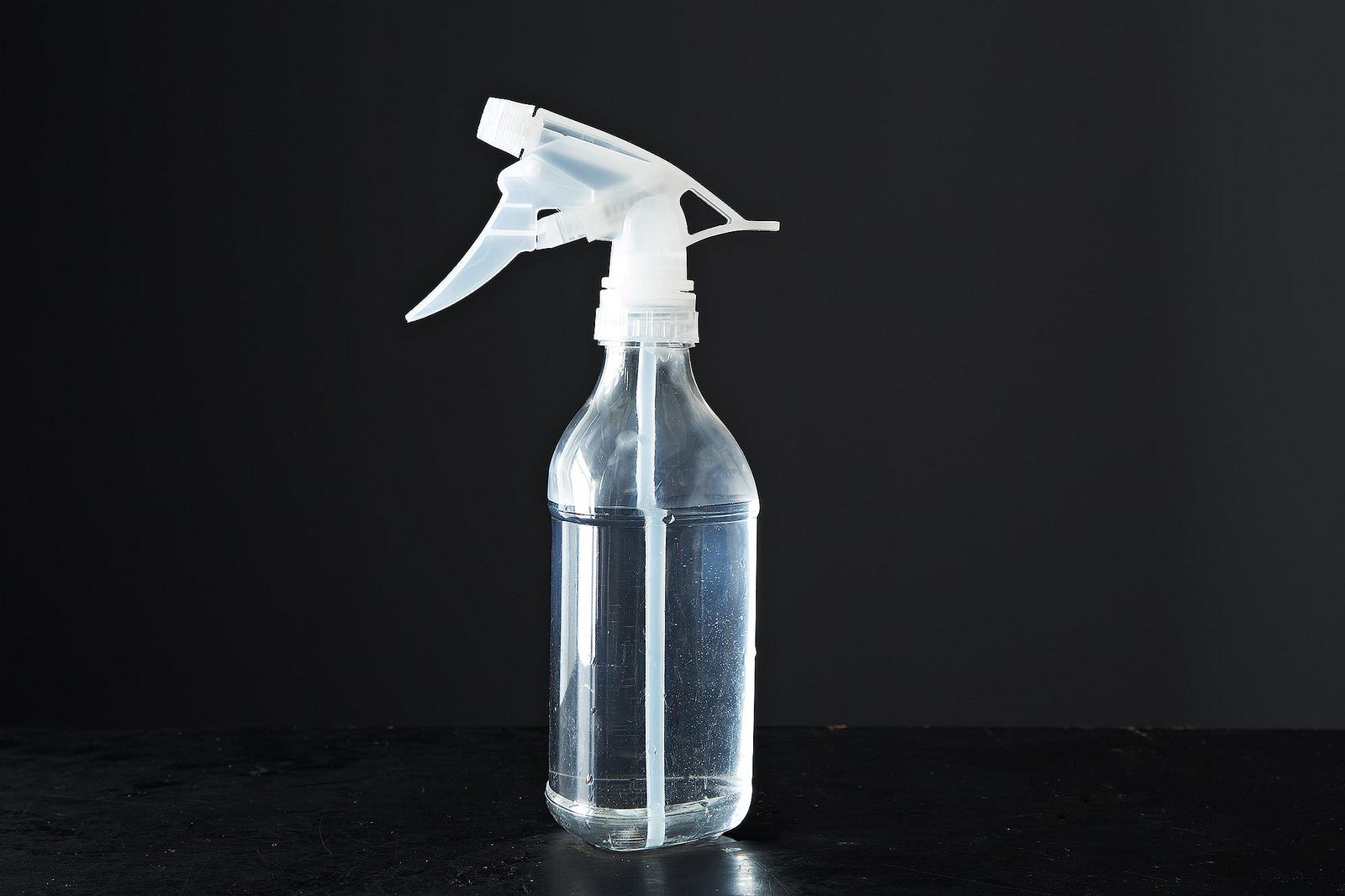
Green Your Cleaning
Going green doesn't require special ingredients and fancy potions -- you have all-natural cleaning tools lurking in your pantry. Say goodbye to berry stains with vinegar, care for your copper with tomato paste, and clean your wooden cutting board with salt and a lemon. Now that you’re getting into the groove, grab some reusable cleaning cloths and explore nine basic items that double as cleaning tools, and then eight more pantry items that go far beyond baking soda.
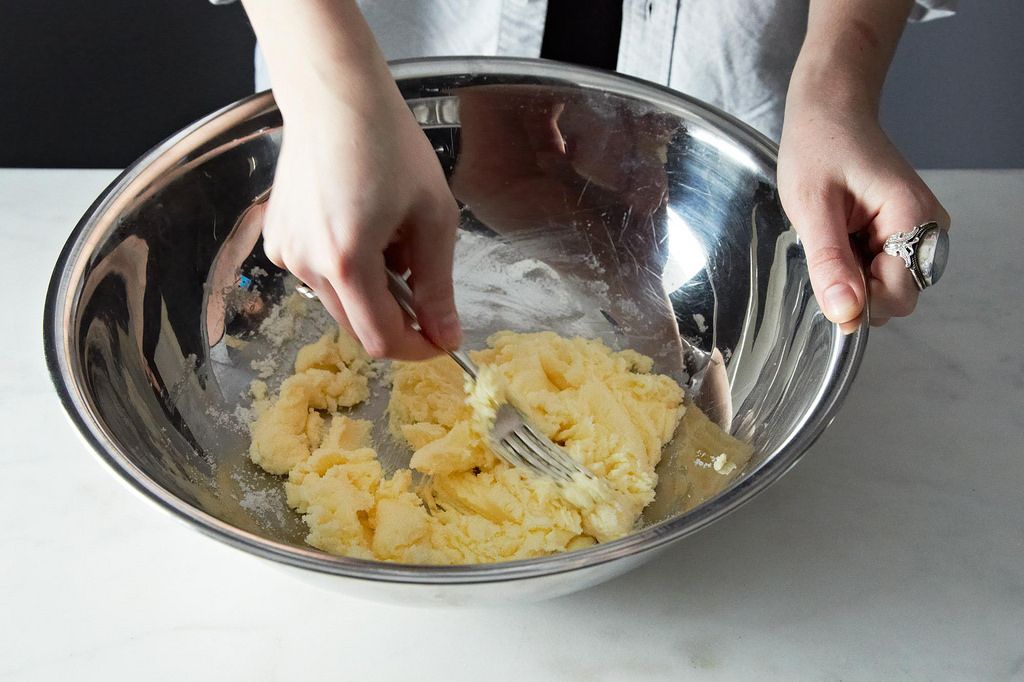
Skip Plugging in an Appliance
If putting vinegar to use for anything other than a good vinaigrette seems too intense, start with baby steps. Save a little energy, keep an appliance on the shelf, and maybe get an arm workout to boot. If you’ve got a fork you can cream butter and sugar or make whipped cream. Skip the electric spice grinder and crush spices and peppercorns with a meat pounder. And no need for a food processor to chop or crush a can of tomatoes; you just need kitchen scissors or a masher.
More: Grow your own sprouts for an eye-pleasing greening of your kitchen.
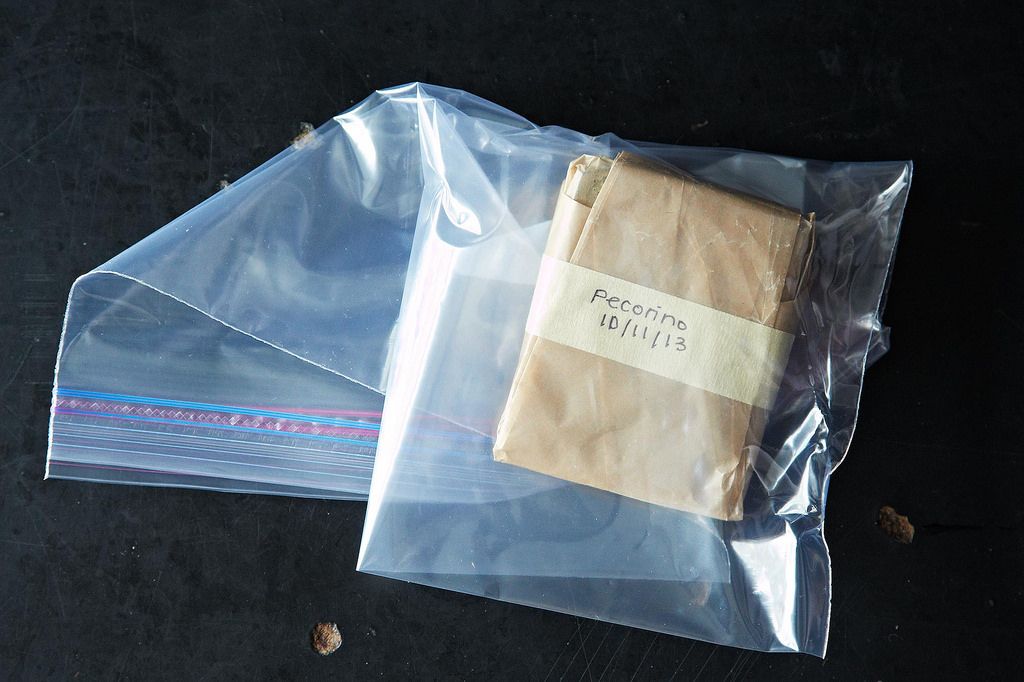
Store Food Properly
Not that we’ve eased you in, it’s time for the harsh wake-up call. According to author Jonathan Bloom, “About 40% of the food produced in the United States isn’t consumed.” Just how much food is that? Americans waste enough food every day to fill the Rose Bowl, and we’re getting worse, not better. Bloom says, "Our national food waste habit is on the upswing: We waste 50% more food today than we did in 1974. Squandering so much of what we grow doesn’t just waste food; it also wastes the fossil fuel that went into growing, processing, transporting and refrigerating it.” One way to help with that is to store your food properly so it stays fresh for as long as possible, maximizing the time you have to use it before it spoils. Here's how to do it:
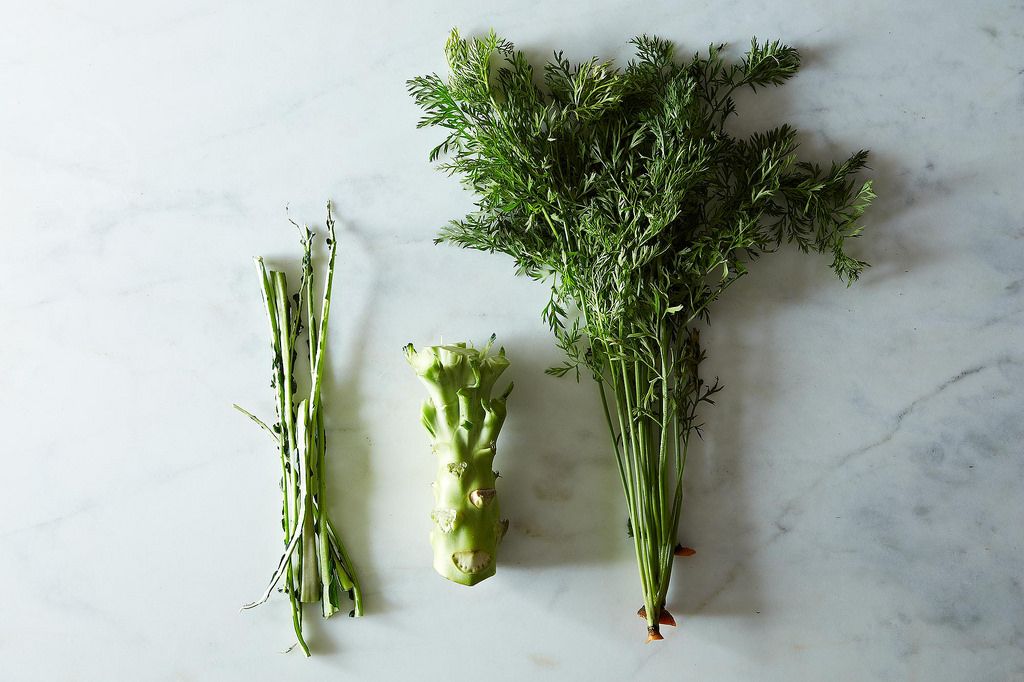
Use Leftovers
Using leftovers doesn't just mean finally getting around to eating the remnants of the pasta you made three nights ago (though it's important to master the art of those leftovers, too). It's also about doing more with what you've got. Not many of us do a perfect job of eating stem-to-root or nose-to-tail, which means you could probably be using more of your food. Start by brushing up on how to use stems and roots, the whole ear of corn, and a variety of other food scraps you might otherwise discard. Turn your stale baguettes into breadcrumbs, cook with spent grain, and put that leftover wine you just saved to good use. Overachievers: We've even got six ways to use leftover pickle brine.
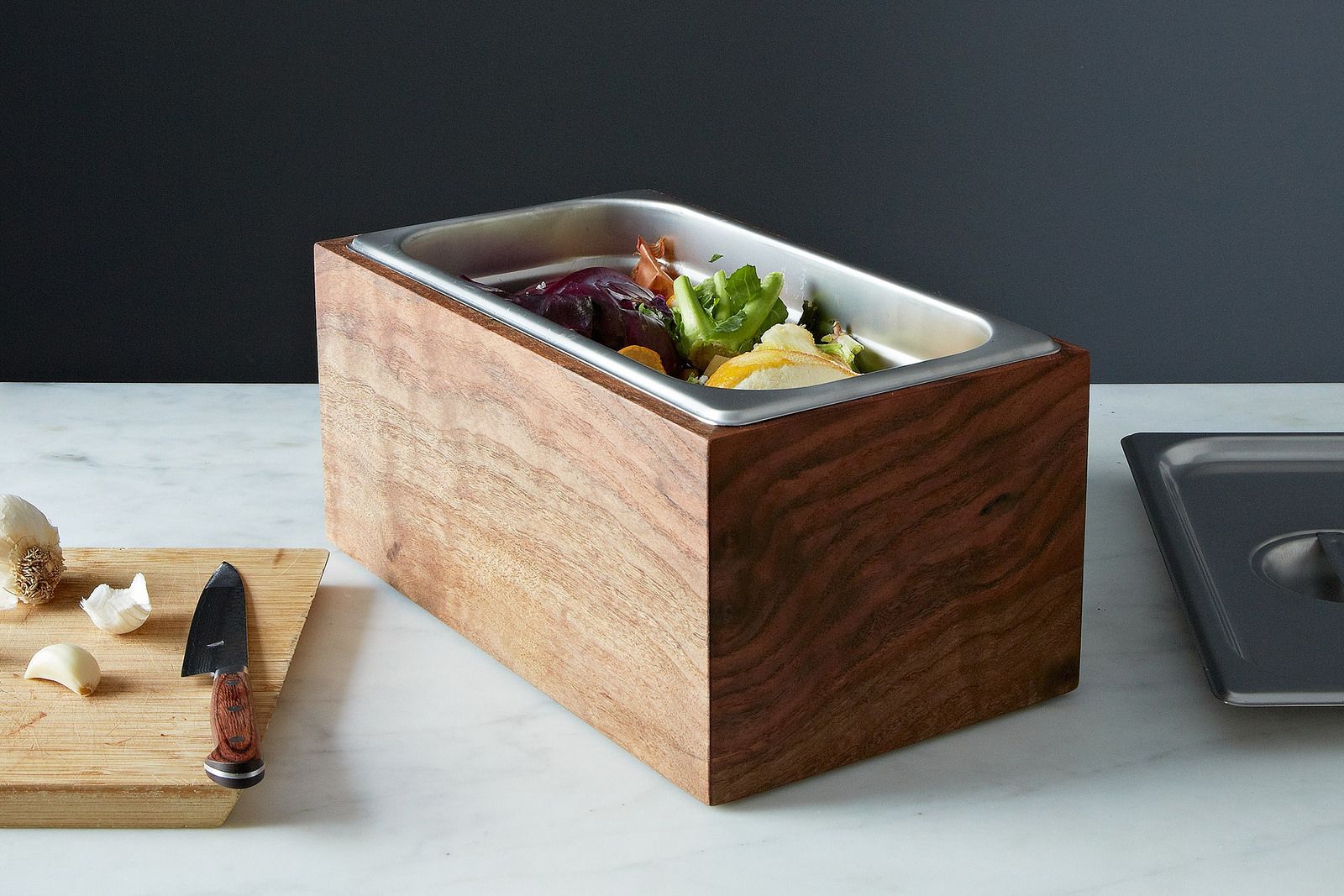
Compost Food Scraps
Even after using using every possible part of your food and storing it properly, you’re still going to have some food waste. Those scraps don’t need to be sent to a landfill; they can be composted to return valuable nutrients back into the soil. It’s easier than you think to start composting, whether you have a big yard or a postage stamp-sized apartment. If a classy compost bin isn't enough to convince you to compost yourself, look into what your city has to offer. Some offer compost collection services, others have drop-off programs, and a few even collect “plate scrapings” too -- those bits you can’t normally compost yourself, like meat and bones.
Tell us: What do you do in the kitchen to help take care of Mother Earth?







See what other Food52 readers are saying.